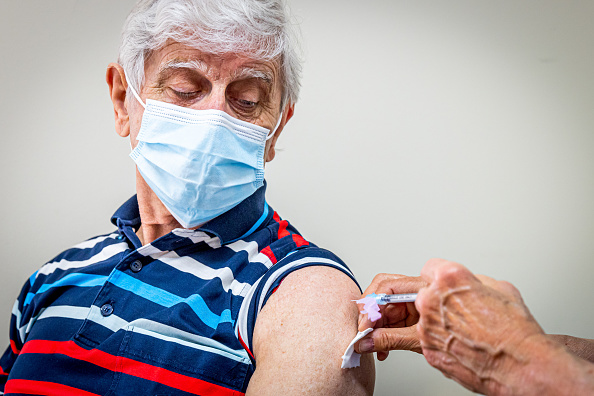The U.S. Centers for Disease Control and Prevention (CDC has issued a new guideline for people with weakened immune systems or those living with one amid the ongoing COVID-19 pandemic.
On Friday, the public health agency shared a new infographic on its website detailing the up-to-date prevention measures as the newer omicron sublineages start to dominate in the country.
According to the CDC, the recommended action plan to prevent the infection of newer variants should include:
- Getting an updated COVID-19 vaccine
- Improving ventilation and spending time outdoors
- Learning about testing locations and treatment options before getting exposed or sick
- Getting tested if one got exposed or developed symptoms
- Washing hands often
- Wearing a well-fitting mask and maintaining distance in crowded spaces
The CDC said if one had tested positive for COVID-19, they should talk to their doctor right away about the best treatment options available to them.
The agency also maintained that vaccination against SARS-CoV-2 remains the most effective way to prevent COVID-19-associated serious illness, hospitalization and death.
The guidance released on the same day official data showed that the omicron subvariant XBB.1.5 has already become the dominant strain in the country, accounting for 61.3% of Covid cases in the week ending Jan. 28, Reuters reported.
In the previous week, the subvariant accounted for 49.5% of documented cases. XBB.1.5 and XBB are strains derived from the BA.2 version of omicron.
In recently published studies on the bivalent boosters, CDC scientists detailed how the new formulations offer substantial protection from the newer strains of the coronavirus.
After analyzing data from the Increased Community Access To Testing program, the team found that more than 13,000 out of 30,000 (47%) yielded positive test results, suggesting that the updated boosters lower COVID-19 risk by half.
However, the CDC also confirmed on Thursday that it is still investigating the stroke risk of older adults who received Pfizer’s bivalent booster shots after its real-time surveillance system reported a signal flagging the issue two weeks ago.
“Sometimes signals are not clear. It makes sense to look into it more, and it doesn’t make sense to change practice given the known benefits (of getting the booster) in this age group,” University of Pittsburgh professor Dr. Walid Gellad said, voicing approval for CDC’s move to investigate the safety issue of the booster.


